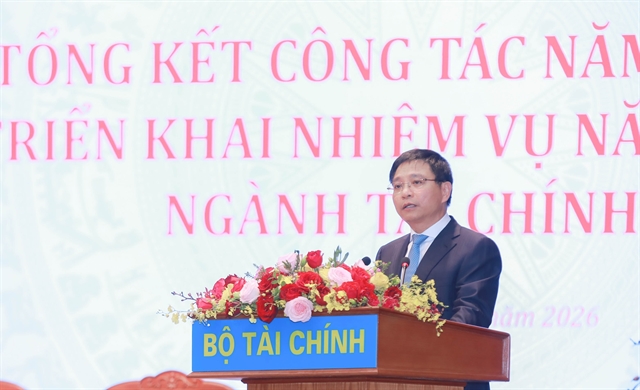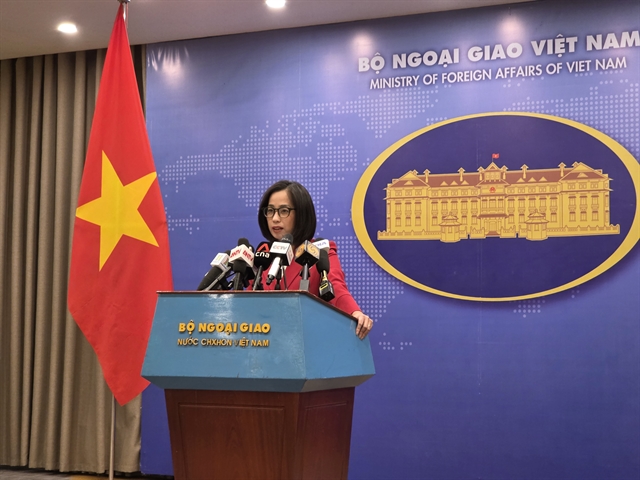 Economy
Economy

The National Assembly, the Government and the offices still have a lot of work to do to put the Trans-Pacific Partnership (TPP) agreement into practice, a government official has said.
 |
| A worker of Garment 10 Company produces clothes for exports to EU. VNA Photo |
HÀ NỘI – The National Assembly, the Government and the offices still have a lot of work to do to put the Trans-Pacific Partnership (TPP) agreement into practice, a government official has said.
They must all create new motivation for the nation during the integration process once the agreement is ratified, the official added.
Speaking at a conference on the TPP and its compatibility with Việt Nam’s laws on Tuesday, Lê Minh Thông, deputy head of the NA Law Committee, stressed the need to have revisions and supplementations to complete the law system and establish a legal corridor that conforms to the TPP.
According to the committee, among the 194 legal documents reviewed, the Justice Ministry proposed that the government amend 34 documents -- 10 laws, 22 decrees and two directives of the prime minister -- and issue nine new documents -- one law, seven decrees and one directive -- and remove one ordinance.
Bạch Quốc An, head of the International Law Department under the Justice Ministry, said the TPP contains a mechanism on dealing with competition among investors, which poses numerous challenges for Việt Nam in the process of enforcing the law.
The agreement’s commitments also involve issues related to labour, corruption and environment, and therefore it is essential to improve the quality of State management officials and the capability of lawyers in international competition-related issues.
Meanwhile, Ngô Quang Ất, deputy head of the Department on Administrative Affairs under the Ministry of Home Affairs, noted that the TPP requires transparency and equality between State and private enterprises and between domestic and foreign enterprises.
Therefore, incentives for State-owned businesses in Việt Nam and complicated administrative procedures will be obstacles in the implementation of the agreement.
He suggested eliminating more than 3,500 sub-licences, which act as a hindrance to businesses while facilitating operations. The Trans-Pacific Partnership agreement may be ratified by the National Assembly by the end of this year.
It brings together Australia, Brunei, Canada and Chile, as well as Japan, Malaysia, Mexico and New Zealand, along with Peru, Singapore, the United States and Viet Nam. Economic ministers of these countries signed the trade pact in New Zealand on February 4, 2016.
The member states now have two years to complete domestic work for the ratification of the TPP. The pact will come into effect once it is ratified by the parliaments of at least six signatory countries, which together must have an overall GDP of at least 85 per cent of all member countries. - VNS




